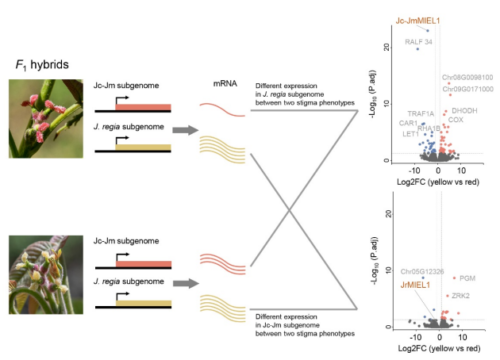2025-02-12 ペンシルベニア州立大学 (PennState)

©ma-sato@Tiisys
<関連情報>
- https://www.psu.edu/news/eberly-college-science/story/chatgpt-birdsong-may-shed-light-how-language-wired-human-brain
- https://www.jneurosci.org/content/early/2025/01/08/JNEUROSCI.0522-24.2024
統計的検定を用いて推定された部分観測マルコフモデルは、ジュウシマツの歌における文脈依存の音節遷移を明らかにする Partially observable Markov models inferred using statistical tests reveal context-dependent syllable transitions in Bengalese finch songs
Jiali Lu, Sumithra Surendralal, Kristofer E. Bouchard and Dezhe Z. Jin
Journal of Neuroscience Published:8 January 2025
DOI:https://doi.org/10.1523/JNEUROSCI.0522-24.2024
Abstract
Generative models have diverse applications, including language processing and birdsong analysis. In this study, we demonstrate how a statistical test, designed to prevent overgeneralization in sequence generation, can be used to infer minimal models for the syllable sequences in Bengalese finch songs. We focus on the partially observable Markov model (POMM), which consists of states and the probabilistic transitions between them. Each state is associated with a specific syllable, with the possibility that multiple states may correspond to the same syllable. This characteristic differentiates the POMM from a standard Markov model, where each syllable is linked to a single state. The presence of multiple states for a syllable suggests that transitions between syllables are influenced by the specific contexts in which these transitions occur. We apply this method to analyze the songs of six adult male Bengalese finches, both before and after they were deafened. Our results indicate that auditory feedback plays a crucial role in shaping the context-dependent syllable transitions characteristic of Bengalese finch songs.
Significance statement Generative models are proficient at representing sequences where the order of elements, such as words or birdsong syllables, is context-dependent. In this study, we demonstrate that a probabilistic model, inspired by the neural encoding involved in song production in songbirds, effectively captures the context-dependent transitions of syllables in Bengalese finch songs. Our findings reveal that the absence of auditory input, as observed in deafened Bengalese finches, reduces these context dependencies, indicating that auditory feedback is essential for establishing context-dependent sequencing in their songs. This method can be applied to various behavioral sequences, offering valuable insights into the neural mechanisms underlying the statistical patterns that govern these sequences.



